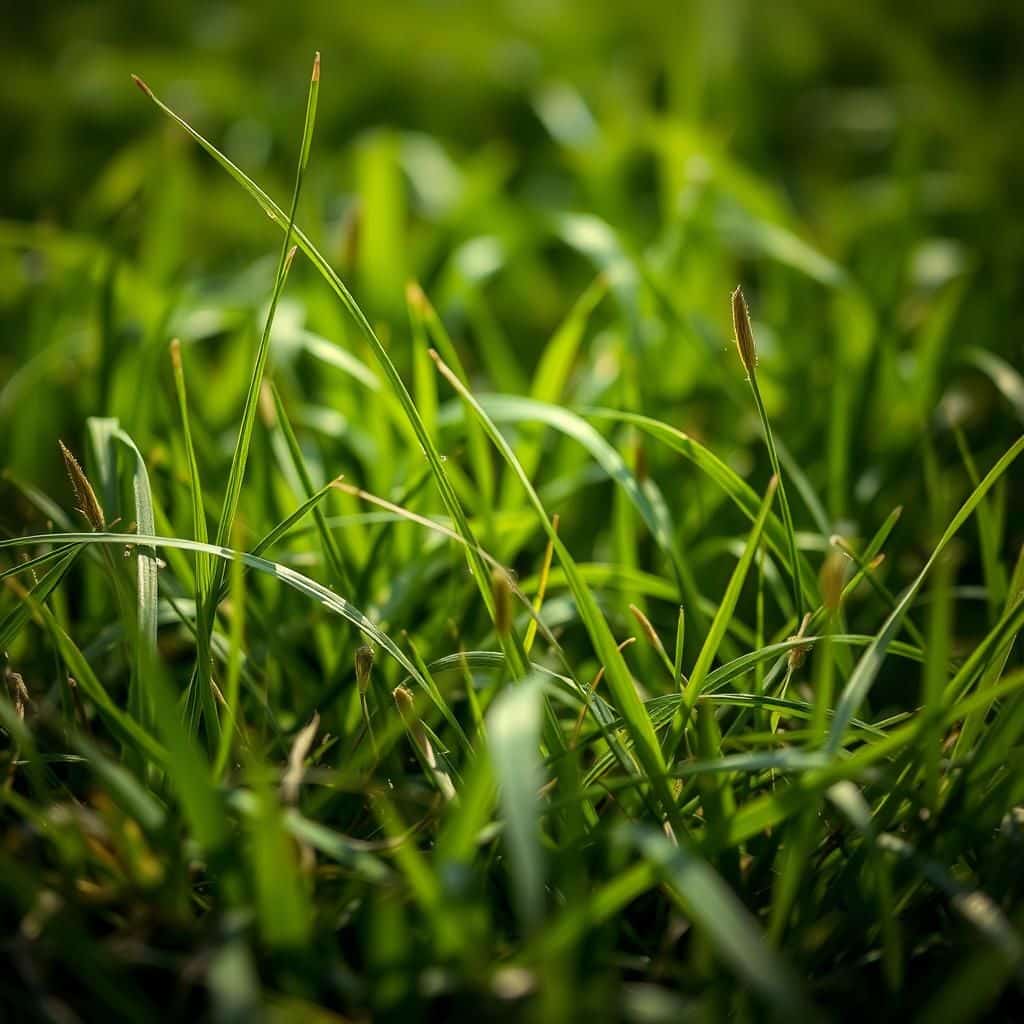What is Another Term for Grass? Exploring Alternative Names and Uses

Grass is more than just the green carpet that blankets our gardens and parks; it plays a vital role in our ecosystems and daily lives. Often, we refer to it simply as grass, but this slender plant has an array of alternative names that reflect its diverse uses and cultural significance. From turf to sod, and meadow to pasture, each term encapsulates unique aspects of grass's role in agriculture, landscaping, and ecology. This article delves into the various alternative names for grass, exploring their meanings and the contexts in which they are commonly used.
Synonyms for Grass
Grass, scientifically known as Poaceae, encompasses a wide variety of plants that are characterized by slender leaves and hollow stems, found in lawns, meadows, and various ecosystems around the world. The term grass can be substituted with other terms depending on the context and specific type of grass being referred to; for instance, turf is used when describing grass that is grown for sports and recreational areas, while herbage may refer to grass and other vegetation that serves as feed for livestock. Additionally, sod can denote grass along with its root system, highlighting its role in landscaping and soil stabilization.
Types of Grass
Various types of grass exist, each suited to different environments and purposes. Cool-season grasses thrive in temperate regions and grow best in cooler temperatures, while warm-season grasses flourish in hotter climates. Some common types include Bermudagrass, which is favored for its durability in sunny areas, and Kentucky bluegrass, known for its lush appearance in cooler climates and recreational spaces.
Grass in Ecosystems
Grass plays a crucial role in many ecosystems as it provides habitat and food for numerous species. In grasslands, these plants serve as a dominant life form, influencing the occurrence of various fauna from insects to large herbivores. Additionally, grasses help prevent soil erosion and contribute to water retention, making them vital for ecological stability.
Grass Uses in Landscaping
In landscaping, grass serves both aesthetic and practical purposes. Varieties such as fescue and bluegrass are extensively used in lawns, parks, and golf courses for their visual appeal and ability to withstand wear. Furthermore, grass contributes to the biodiversity of green spaces, improving air quality while offering recreational areas for the community.
See also:
Grass Varieties for Agriculture
Agricultural practices often utilize specific grass varieties to benefit livestock. Grasses like timothy and ryegrass are cultivated for hay and pasture due to their high nutritional value. These grasses not only provide grazing options for animals but also improve soil health by adding organic matter when left to decompose.
Economic Importance of Grass
The economic significance of grass cannot be overlooked. It supports industries such as agriculture, landscaping, and turf management, generating substantial income worldwide. The demand for efficient grass varieties has led to extensive research and development, helping to optimize yields for farming and maintain lush green spaces in urban areas effectively.
| Term | Description |
|---|---|
| Grass | The general term for various plants in the Poaceae family. |
| Turf | Grass grown for sports fields and recreational areas. |
| Herbage | Refers to grass and other plants used for animal feed. |
| Sod | Grass with soil and roots used in landscaping. |
Understanding the Cultural Significance of Grass Across Different Regions
Grass, often regarded as a universal ground cover, plays an essential role not only in ecology but also in human culture and history. Different regions have their unique names and uses for grass, reflecting their local traditions and environmental settings. For instance, in some indigenous cultures, specific types of grass are revered for their medicinal properties or are used in traditional crafts. In agricultural societies, grass can denote various types of pasture or forage, underscoring its vital role in livestock management. Furthermore, the aesthetic value of grass in landscaping contributes to its cultural importance, where lawns and gardens symbolize health, wealth, and connection to nature.
Common Synonyms for Grass
Various synonyms exist for the term grass, which can differ based on context. For instance, the term "turf" is often used to refer specifically to managed grass-covered areas, such as lawns or sports fields. Similarly, "sod" typically indicates grass that has been cultivated and is often sold in rolls for easy installation. Other terms like "herbage" emphasize the botanical aspect, referring generally to plants that are not classified as trees, shrubs, or other woody plants. Throughout literature and regions, alternative names like "greenery" or "meadow" also capture the essence of grass in varying uses and settings.
The Role of Grass in Agriculture
In the context of agriculture, grass serves multiple important functions, particularly as a source of forage for livestock. Grasses such as fescue, ryegrass, and bermudagrass are commonly cultivated for their nutritional value, as they provide essential energy and fiber necessary for ruminants like cattle and sheep. Additionally, grasses are vital for maintaining soil health, preventing erosion, and improving water retention, making them crucial in sustainable farming practices. Their ability to grow in diverse climates and soil types further establishes their importance in global food systems.
See also:
Grass in Landscaping and Horticulture
In landscaping and horticulture, grass is a primary element that enhances the aesthetic appeal of outdoor spaces. Lawn grasses, such as Kentucky bluegrass and zoysia, are specifically bred for their lush appearance and ability to withstand trampling, making them ideal for residential gardens and parks. The choice of grass type often reflects the climate and regional conditions, as certain species thrive better in specific environments. Incorporating grass into landscape design not only improves beauty but also aids in temperature regulation and promotes biodiversity by providing habitat for various species.
Ecological Importance of Grasslands
Grasslands, also known as prairies or savannas, are crucial ecosystems that support a wide variety of flora and fauna. As primary producers, grasses form the foundation of the food web, feeding herbivores that, in turn, support carnivorous species. Additionally, grasslands play a significant role in carbon sequestration, absorbing carbon dioxide and helping mitigate climate change. They also serve as important water filtration systems, protecting biodiversity and maintaining soil integrity. Despite their ecological significance, grasslands face threats from urbanization and agricultural expansion, emphasizing the need for conservation and sustainable management efforts.
Traditional Uses of Grass in Craftsmanship
Throughout history, various cultures have utilized grass in craftsmanship, which reflects its versatility beyond mere ground cover. For example, grasses such as sedge and wheat straw are employed in traditional weaving techniques to create baskets, mats, and even roofing materials. These crafts are not only functional but also hold cultural significance, representing the heritage and artistry of different communities. Additionally, in some regions, grasses are used in cermonial rites, symbolizing fertility and prosperity, thus highlighting their multifaceted role in cultural expressions and practices.
Questions from Our Readers
What is another term for grass?
Grass is commonly referred to as turf or lawn in different contexts. While turf typically refers to grass that is cultivated for sports fields or landscaping, lawn describes a specific area covered with grass, usually in residential or public spaces.
What is the botanical classification of grass?
Grass belongs to the family Poaceae, which is a large and nearly ubiquitous family of monocotyledonous flowering plants. This family includes many species that are essential for ecosystems and agriculture, including cereals like rice and wheat.
See also:
Are there different types of grass?
Yes, there are several different types of grass, which can be broadly categorized into cool-season and warm-season grasses. Cool-season grasses thrive in the spring and fall, while warm-season grasses are best suited for summer growth.
Can grass survive in drought conditions?
Certain species of grass are remarkably resilient and can survive in drought conditions. Drought-resistant grasses, such as Bermudagrass and Buffalograss, have adaptations that enable them to conserve water and endure periods of low moisture.

If you want to read more articles like What is Another Term for Grass? Exploring Alternative Names and Uses, we recommend you check out our Lawn category.
Leave a Reply
Related Articles